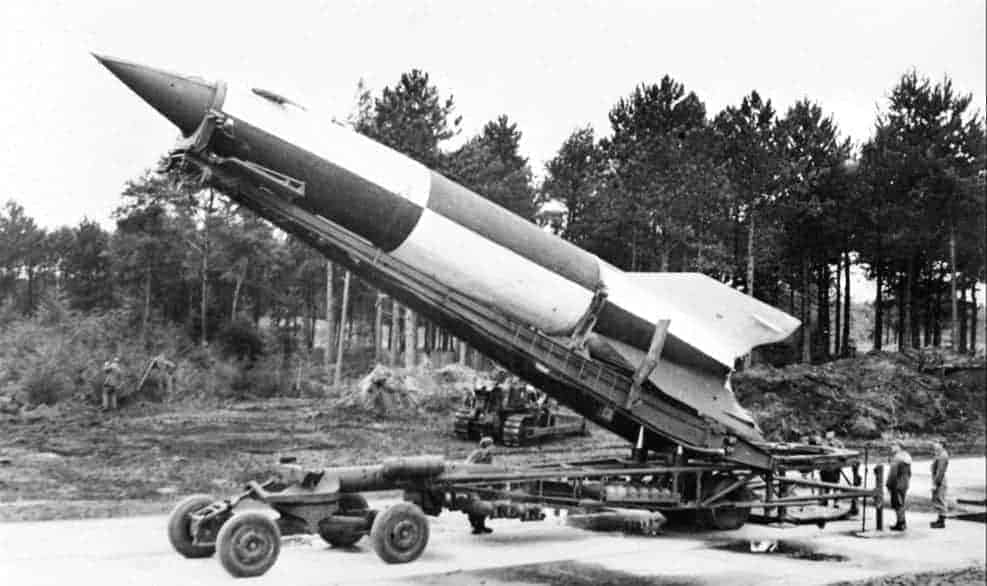World War 2 was a time of great strife and it was one where technology truly did make a difference. Whether it was the creation of the atomic bomb, the radar system that offered Britain warning of German attacks, or guided missiles, both sides were fighting to have the best technology in order to get the upper hand in the war. In fact, when Japan found itself unable to compete with the missile technology of the United States they created missiles that were able to fit a man inside to guide the missile to its target. Here are just a few of the World War 2 innovations that continue to influence the world today.
Colossus Computer

Colossus is credited as being the world’s first programmable, electric, digital computer and was first put into use in February of 1944 in Britain. Colossus actually refers to a set of computers that were created to help with the cryptanalysis of the very difficult Lorenz cipher. It was developed by research telephone operator Tommy Flowers who designed the machine in response to a problem that was posed by mathematician Max Newman at the Government Code and Cypher School at Bletchley Park. The computer was created to use Alan Turing’s methods of probability in cryptanalysis.
The Colossus Mark 1 was fully functional in December of 1943 and was able to use probability to help decode messages sent by the Germans using the Lorenz cipher. The colossus was able to take the messages and use probability analysis to determine the settings on the wheels that were used to encode the message which would therefore allow the message to be deciphered. After the Mark 1 was put into use in February of 1944, the Colossus Mark 2 was developed and fully functional by July of 1944. The Mark 2 was substantially faster than the Mark 1 model and worked so well that 10 Colossus computers were ordered and two more were in production by the end of the war.
Following the war all information about the Colossus was ordered to be destroyed, including all of the machines. It was not until 1970 that information about the Colossus was available to anyone that was not directly involved in the project. As such the Colossus only provided the inspiration for modern computers (many who worked on the Colossus project would go on to play major roles in the development of later computers) and no computers were developed based on the Colossus. In 2007 a full working replica of the Colossus was created and is on display at Bletchley Park.

